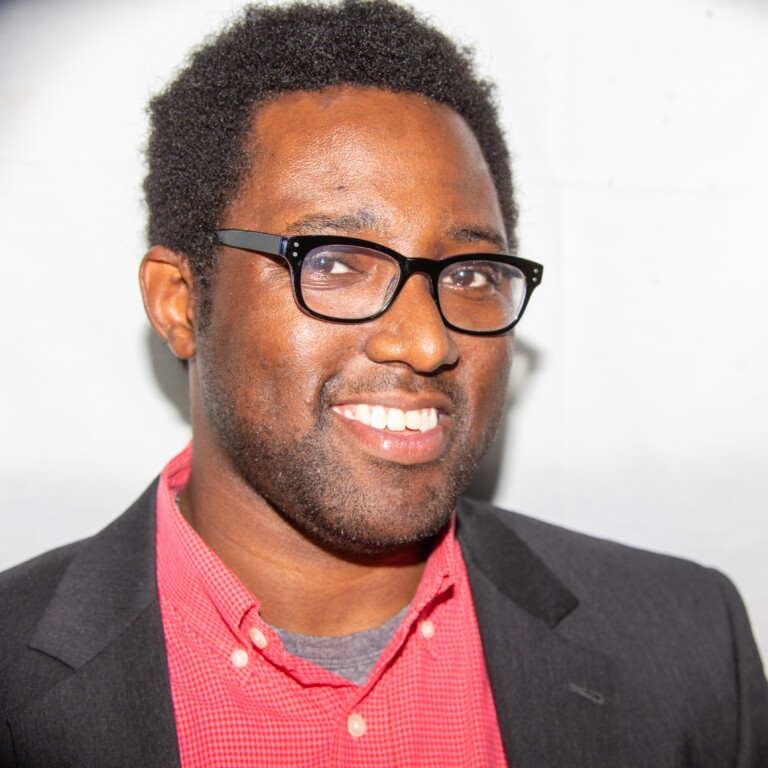Here are some of the best submissions from Brown’s students, as selected by Jacksonville Today journalist and photographer Will Brown. We’ll also include the FSCJ students’ photography from time to time in the Jacksonville Today newsletter and with our news stories.
Water runs deep
Though the Jacksonville Beach pier had yet to reopen when many of the Jacksonville Today photographers visited, hundreds have flocked to the rebuilt pier in the weeks since.


Boneyard Beach is a mile-long beach in Big Talbot Island State Park that was formed when shifting shoreline killed scores of trees that were previously rooted in the forest that abuts the sea. It is inside Big Talbot Island State Park, a federally protected area of the Timucuan Ecological and Historical Preserve.



Stepping away from the shoreline

While the river and beach may attract most of the attention, the city has the largest urban park system in the nation. Jacksonville’s 80,000 acres of parks include a trio of national parks, seven state parks, dozens of unique gardens and an arboretum.



The St. Johns River is instrumental to almost everything Jacksonville has done over the last 200 years. Prof. Brown’s students not only captured the river, but the bridges that traverse it, each of which has played a distinct role in Jacksonville’s development.
Connecting community
The Hart Bridge (top left), captured by Aisling Healy, connects the Southside and the Beaches to Downtown. The Main Street Bridge (top right), which opened in 1941 to provide another automobile route into Downtown (Photo by Charlie Barrineau), is an iconic part of Jacksonville’s skyline. The Dames Point Bridge (lower left), photographed by Daniel Consolacion, is the newest of Jacksonville’s seven bridges. And the Northbank Riverwalk (lower right), captured by Mackenzie Joyce, has become popular with infatuated couples who leave locks on the foot bridge adjacent to the Acosta Bridge Downtown.










